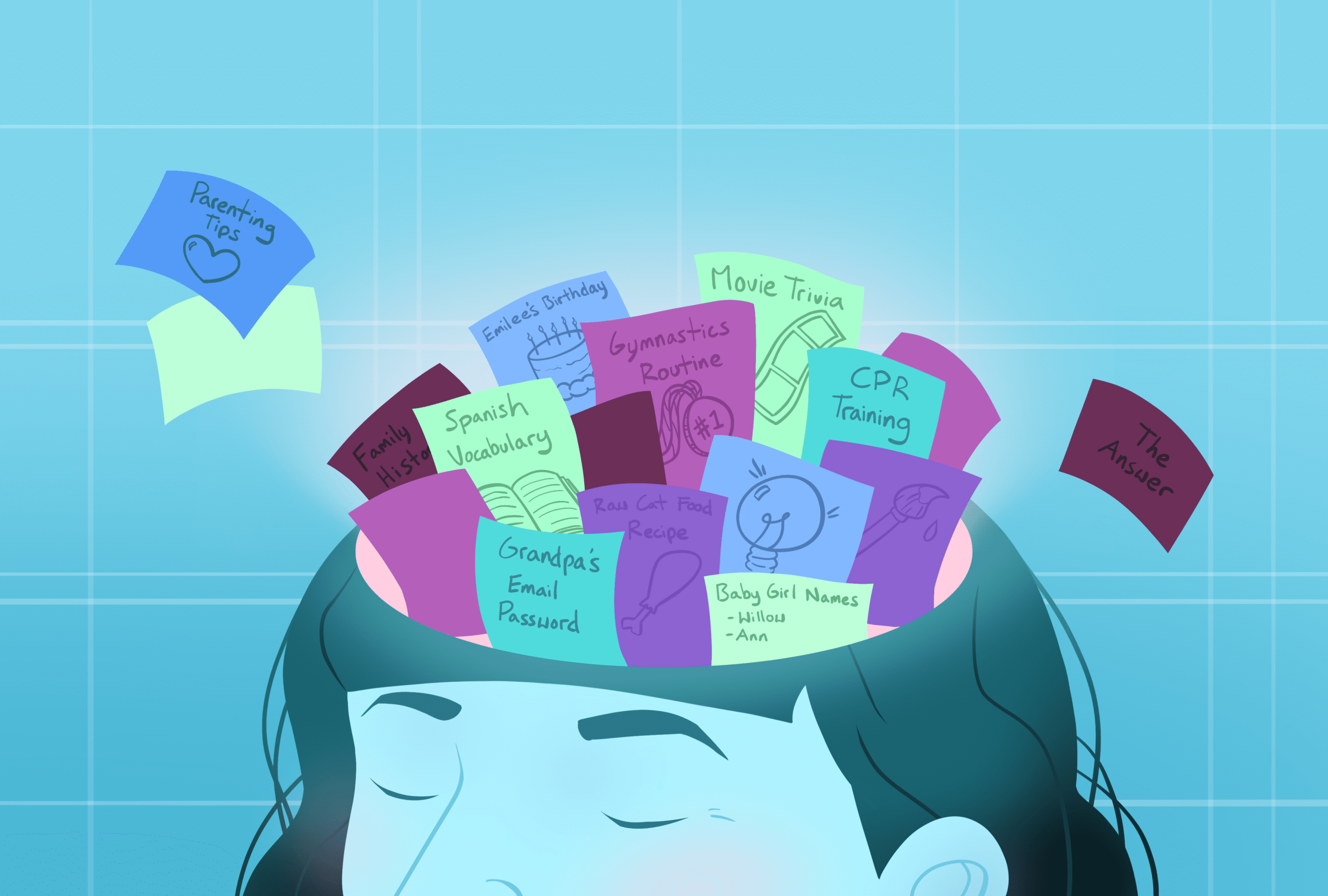Technology has transformed nearly every aspect of our lives, and education is no exception. From tablets and laptops to interactive whiteboards and learning apps, educational technology has become an essential part of modern classrooms. Whether you’re a teacher, parent, or student, understanding how technology can improve learning is important. Let’s explore the many benefits of using educational technology in classrooms and how it’s helping students succeed.
1. Making Learning More Engaging
One of the most noticeable benefits of educational technology is that it makes learning more engaging and fun. Traditional teaching methods—like lectures and textbook readings—can sometimes be boring or hard to follow. But when you mix in videos, animations, and interactive activities, students become more interested and excited about what they’re learning.
For example, math apps can turn solving problems into a game. Science lessons can include virtual experiments, allowing students to explore ideas in a safe digital environment. When learning feels like play, students are more motivated to participate and absorb information.
2. Supporting Different Learning Styles
Every student learns differently. Some are visual learners who prefer pictures and diagrams. Others are auditory learners who understand better by listening. There are also kinesthetic learners who learn best through hands-on activities. Educational technology makes it easier to reach all these different types of learners.
Teachers can use videos for visual learners, podcasts for auditory learners, and interactive simulations for kinesthetic learners. This variety helps ensure that no student is left behind simply because a single teaching method doesn’t suit them.
3. Encouraging Collaboration
In the past, group work often meant students sitting around a table, talking face-to-face. While this is still important, technology has introduced new ways for students to work together. With online collaboration tools like Google Docs, students can write and edit the same document at the same time, even if they’re not in the same room. Discussion boards and chat apps let students ask questions and share ideas outside of class hours.
These tools also prepare students for the modern workplace, where virtual teamwork is common. Learning how to collaborate online teaches them communication skills and digital etiquette.
4. Providing Instant Feedback
One big challenge in traditional classrooms is giving timely feedback. Teachers often have to collect assignments, grade them, and return them days later. By then, students may have forgotten what they were thinking when they did the work.
Educational technology changes this by providing instant feedback. For example, online quizzes can grade themselves immediately, showing students which answers they got right and wrong. Many learning apps adapt to each student’s skill level, offering extra practice when needed. This quick feedback helps students correct mistakes and build confidence.
5. Making Learning Accessible
Educational technology also plays a huge role in making learning accessible to all students, including those with disabilities. For example:
- Text-to-speech software helps students with reading difficulties hear the words on a screen.
- Speech recognition tools allow students to dictate answers instead of typing.
- Magnification features help students with visual impairments see content more clearly.
These tools help create an inclusive classroom where everyone can participate fully.
6. Preparing Students for the Future
Today’s world is digital. Most jobs require at least some technology skills, whether it’s typing emails, analyzing data, or using specialized software. By integrating technology into the classroom, schools are helping students build these important skills early.
Even basic tasks—like using a keyboard or navigating a website—are valuable practice for future careers. Students also learn how to evaluate online information critically, which is an essential skill in the age of misinformation.
7. Improving Organization and Efficiency
Educational technology can also make classrooms more organized. Teachers can post assignments and announcements online, reducing the chance that students will lose important papers. Digital calendars and reminders help students keep track of due dates.
For teachers, technology simplifies grading, planning lessons, and communicating with parents. This efficiency means they can spend more time focusing on teaching and less time on paperwork.
8. Allowing Personalized Learning
Not every student moves at the same pace. Some may grasp new ideas quickly, while others need more time and practice. Educational technology allows for personalized learning paths that match each student’s needs.
For example, adaptive learning software can adjust the difficulty of exercises based on how well a student is doing. Advanced students can move ahead to more challenging material, while those who need help can revisit key concepts. This flexibility helps all students achieve their potential.
9. Expanding Learning Beyond the Classroom
With educational technology, learning doesn’t stop when the school day ends. Students can access lessons, videos, and practice exercises from home. This is especially helpful when they need to review a topic before a test or catch up after being absent.
During emergencies or school closures, technology has proven invaluable. Online classes and video lessons help maintain a sense of routine and ensure that students don’t fall behind.
10. Sparking Creativity
Finally, educational technology gives students more tools to express themselves creatively. Instead of writing a traditional essay, they might create a video presentation, design a website, or build a digital model. These creative options can make learning more meaningful and memorable.
When students have a choice in how they demonstrate their understanding, they often take more ownership of their work and feel proud of their accomplishments.
Conclusion
The benefits of using educational technology in classrooms are clear. From making lessons more engaging to supporting different learning styles, technology is transforming education for the better. While it’s important to balance screen time and ensure students are using devices appropriately, the advantages of integrating technology can’t be ignored.
By embracing these tools, teachers can create dynamic, inclusive, and effective learning environments that prepare students for the challenges and opportunities of the modern world.
FAQs
1. How does educational technology help students with learning disabilities?
Educational technology offers tools like text-to-speech software, audiobooks, and speech recognition. These resources help students with dyslexia, ADHD, and other learning challenges better access information and complete assignments.
2. Can too much screen time be harmful to students?
Yes, excessive screen time can lead to eye strain, sleep problems, and reduced physical activity. It’s important for teachers and parents to set healthy limits and encourage regular breaks from screens.
3. Does technology replace teachers in the classroom?
No, technology is a tool that supports teachers, not a replacement. Skilled educators are essential for guiding learning, motivating students, and creating meaningful experiences.
4. How can teachers learn to use new technology effectively?
Many schools offer professional development and training sessions. Teachers can also find free tutorials, online courses, and communities where they can share tips and ask questions.
5. What are some examples of educational technology tools?
Examples include interactive whiteboards, learning management systems (like Google Classroom), educational apps (such as Khan Academy), and online collaboration tools (like Google Docs).




